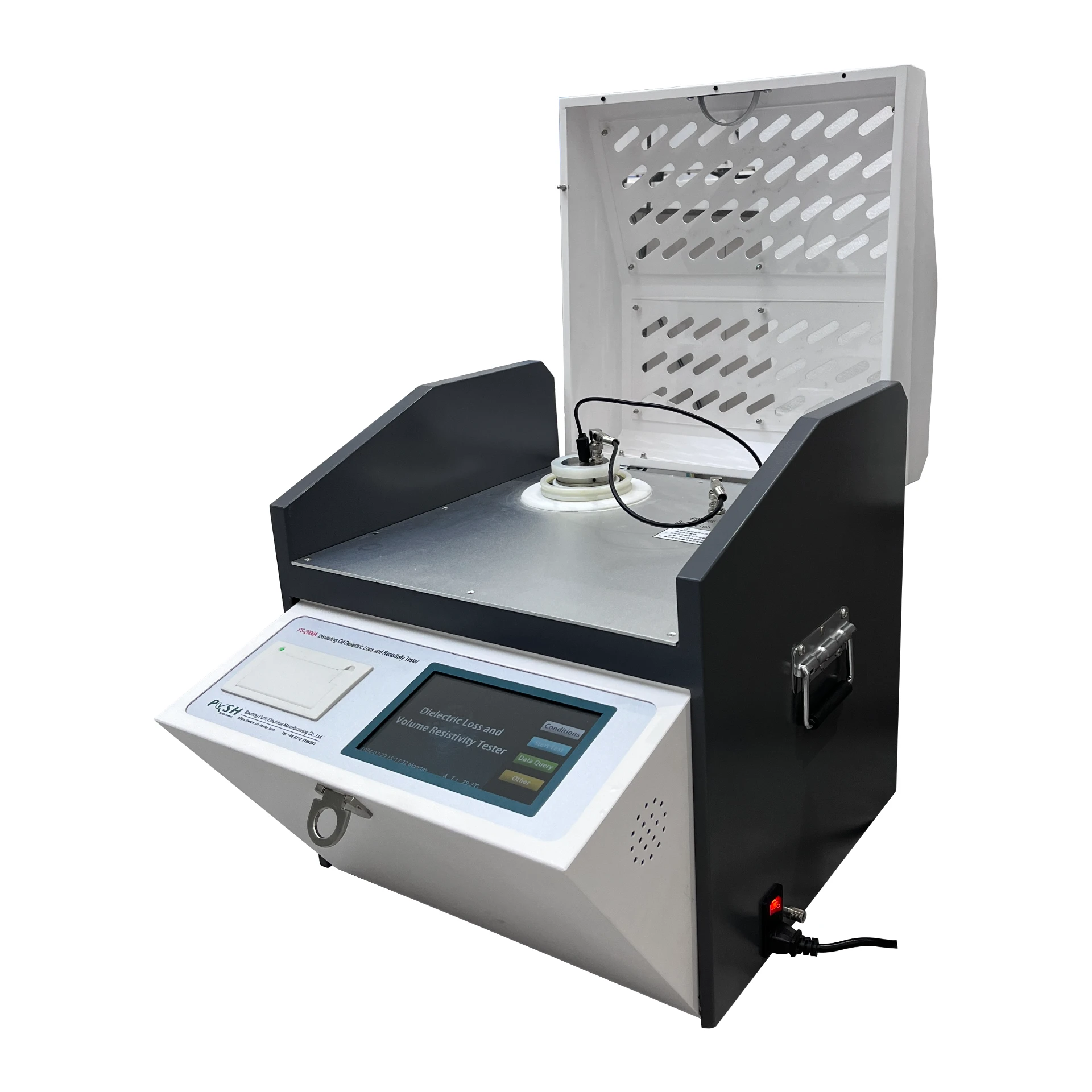 English
English



-
 Afrikaans
Afrikaans -
 Albanian
Albanian -
 Amharic
Amharic -
 Arabic
Arabic -
 Armenian
Armenian -
 Azerbaijani
Azerbaijani -
 Basque
Basque -
 Belarusian
Belarusian -
 Bengali
Bengali -
 Bosnian
Bosnian -
 Bulgarian
Bulgarian -
 Catalan
Catalan -
 Cebuano
Cebuano -
 China
China -
 China (Taiwan)
China (Taiwan) -
 Corsican
Corsican -
 Croatian
Croatian -
 Czech
Czech -
 Danish
Danish -
 Dutch
Dutch -
 English
English -
 Esperanto
Esperanto -
 Estonian
Estonian -
 Finnish
Finnish -
 French
French -
 Frisian
Frisian -
 Galician
Galician -
 Georgian
Georgian -
 German
German -
 Greek
Greek -
 Gujarati
Gujarati -
 Haitian Creole
Haitian Creole -
 hausa
hausa -
 hawaiian
hawaiian -
 Hebrew
Hebrew -
 Hindi
Hindi -
 Miao
Miao -
 Hungarian
Hungarian -
 Icelandic
Icelandic -
 igbo
igbo -
 Indonesian
Indonesian -
 irish
irish -
 Italian
Italian -
 Japanese
Japanese -
 Javanese
Javanese -
 Kannada
Kannada -
 kazakh
kazakh -
 Khmer
Khmer -
 Rwandese
Rwandese -
 Korean
Korean -
 Kurdish
Kurdish -
 Kyrgyz
Kyrgyz -
 Lao
Lao -
 Latin
Latin -
 Latvian
Latvian -
 Lithuanian
Lithuanian -
 Luxembourgish
Luxembourgish -
 Macedonian
Macedonian -
 Malgashi
Malgashi -
 Malay
Malay -
 Malayalam
Malayalam -
 Maltese
Maltese -
 Maori
Maori -
 Marathi
Marathi -
 Mongolian
Mongolian -
 Myanmar
Myanmar -
 Nepali
Nepali -
 Norwegian
Norwegian -
 Norwegian
Norwegian -
 Occitan
Occitan -
 Pashto
Pashto -
 Persian
Persian -
 Polish
Polish -
 Portuguese
Portuguese -
 Punjabi
Punjabi -
 Romanian
Romanian -
 Russian
Russian -
 Samoan
Samoan -
 Scottish Gaelic
Scottish Gaelic -
 Serbian
Serbian -
 Sesotho
Sesotho -
 Shona
Shona -
 Sindhi
Sindhi -
 Sinhala
Sinhala -
 Slovak
Slovak -
 Slovenian
Slovenian -
 Somali
Somali -
 Spanish
Spanish -
 Sundanese
Sundanese -
 Swahili
Swahili -
 Swedish
Swedish -
 Tagalog
Tagalog -
 Tajik
Tajik -
 Tamil
Tamil -
 Tatar
Tatar -
 Telugu
Telugu -
 Thai
Thai -
 Turkish
Turkish -
 Turkmen
Turkmen -
 Ukrainian
Ukrainian -
 Urdu
Urdu -
 Uighur
Uighur -
 Uzbek
Uzbek -
 Vietnamese
Vietnamese -
 Welsh
Welsh -
 Bantu
Bantu -
 Yiddish
Yiddish -
 Yoruba
Yoruba -
 Zulu
Zulu
transformer tan delta
Understanding Transformer Tan Delta Testing
The transformer tan delta test is an essential diagnostic tool used in the electrical engineering field to evaluate the insulation condition of transformers. This test is crucial for ensuring the reliability and longevity of power transformers, as it helps identify potential insulation failures that could lead to operational issues, unplanned outages, or even catastrophic failures.
What is Tan Delta?
Tan delta, also known as the power factor, is a measure of the insulating properties of materials under the influence of an electric field. Mathematically, it is defined as the ratio of the resistive (loss) current to the capacitive (reactive) current in an insulator. When a transformer is energized, dielectric losses occur, leading to a phase difference between the voltage and current waveforms. The tan delta value provides insights into the extent of these losses; a higher tan delta indicates greater losses, which could signify deteriorating insulation.
Importance of Tan Delta Testing in Transformers
Transformers operate under high voltage and varying load conditions, which subject their insulation systems to significant stress over time. As insulation ages, it can develop flaws such as moisture ingress, thermal degradation, or mechanical wear, all of which can increase the risk of failure. Regular tan delta testing can detect these issues early by monitoring the insulation's performance and health.
Procedure for Tan Delta Testing
The tan delta test involves applying an alternating current (AC) voltage to the transformer windings and measuring the resulting currents. The method usually includes the following steps
1. Preparation The transformer is isolated from the power grid to ensure safety and prevent interference during testing.
transformer tan delta

2. Connecting Test Equipment Specialized test equipment is connected to the transformer. This typically involves connecting capacitive voltage dividers and measurement devices that can accurately assess phase angles and currents.
3. Applying AC Voltage AC voltage is gradually applied to the transformer windings, and the test apparatus measures the current flowing through the insulation.
4. Data Collection The system collects data on voltage and current, allowing for the calculation of the tan delta value. The results can be recorded at various frequencies to observe the frequency response of the insulation.
5. Analysis After testing, the collected data is analyzed to interpret the tan delta values. Comparison with historical data and industry standards helps assess whether the insulation condition is acceptable or if further investigation or remedial actions are necessary.
Interpreting Tan Delta Results
Typically, a tan delta value below 0.5% is considered normal for new transformers, while a value above 1% may indicate an alarming trend that requires further evaluation. Consistent increases in tan delta readings over time often suggest that insulation deterioration is occurring. This might prompt engineers to conduct further tests or consider refurbishing or replacing the transformer to forestall potential failures.
Conclusion
In conclusion, tan delta testing is a vital part of transformer maintenance and reliability assessment. It provides an effective means to gauge the health of insulation systems, ensuring transformers can operate safely and efficiently. By implementing regular tan delta tests, operators can significantly reduce the risk of unexpected failures, enhance transformer performance, and ultimately ensure a more reliable power supply. Advanced testing techniques and continuous monitoring play an essential role in advancing the reliability and efficiency of modern electrical systems.
-
Testing Equipment Industry Sees Major Advancements in 2025: Smart & Precision Technologies Lead the WayNewsJun.06,2025
-
Applications of Direct Current Generators in Renewable Energy SystemsNewsJun.05,2025
-
Hipot Tester Calibration and Accuracy GuidelinesNewsJun.05,2025
-
Digital Circuit Breaker Analyzer Features and BenefitsNewsJun.05,2025
-
Benefits of Real-Time Power Quality Monitoring Devices for Industrial EfficiencyNewsJun.05,2025
-
Earth Fault Loop Testing in High-Rise Building Electrical SystemsNewsJun.05,2025



